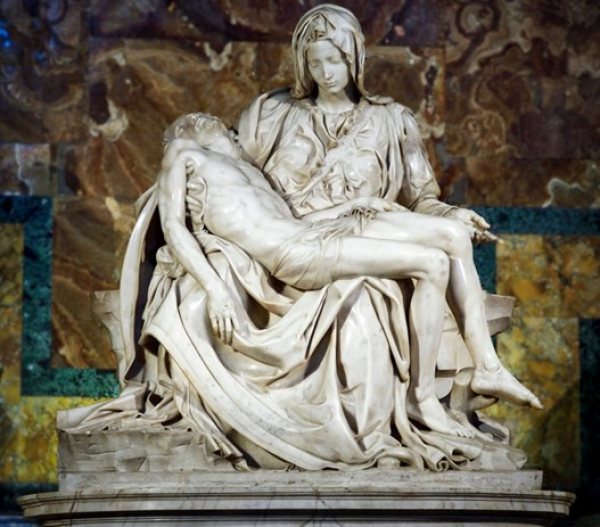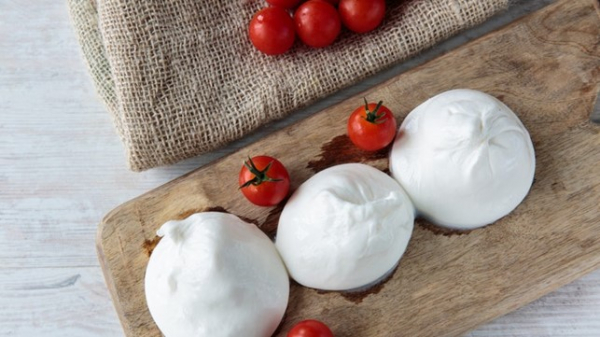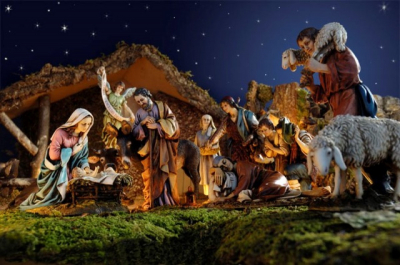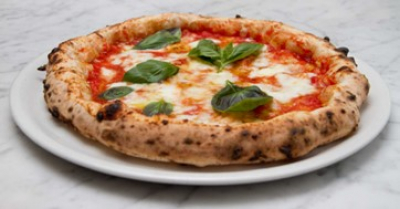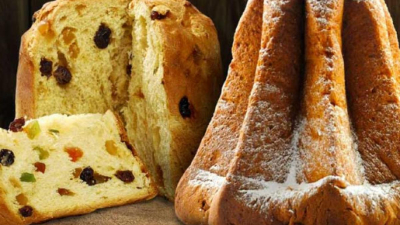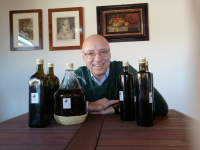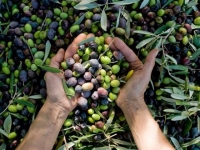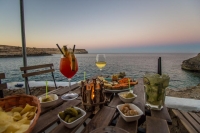
Things to know about Italy (36)
MY PRIVATE ITALY: MICHELANGELO’S PIETA’, ETERNAL AND YET MORE RELEVANT THAN EVER
Written by Marcello CordovaniI have travelled the length and breadth of Italy, and I have seen countless masterpieces in the course of my life which have excited, moved, agitated, saddened or cheered me up, but none of these has ever impressed me deeply, made me feel pure joy as the statue of a mother and a son, in a side chapel of the grandiose Basilica dedicated to St. Peter, on the Vatican Hill in Rome. Yes, I want to talk to you about what I consider the most beautiful statue in the world: Michelangelo's Pietà.
MY PRIVATE ITALY: MOZZARELLA, THE PEARL OF ITALIAN CUISINE
Written by Marcello CordovaniWith its enveloping flavour, that pure white that satisfies the senses, unique freshness and texture on the palate, mozzarella is the living expression of Italian history and culture, the witness of a gastronomic heritage that continues to evolve while keeping faithful to its roots. With its rich history and mild flavour, it's more than just an ingredient; it is a journey through Italy's time and culture, an emblem of tradition and innovation that continues to seduce and inspire chefs and gastronomy enthusiasts worldwide. And among the different types of mozzarella, the most valuable is undoubtedly “Mozzarella di Bufala”, buffalo mozzarella from Campania, the region of Naples. Its history is over a thousand years old, and its goodness is recognised worldwide.
MY PRIVATE ITALY: “IL PRESEPE”, THE TRADITION OF THE NATIVITY SCENE
Written by Francesca InverardiThe most traditional image of Christmas is the Nativity scene, representing the hut with the newborn baby Jesus between Mary and Joseph and warmed by the donkey and ox.
"The perfect lover is the one who turns into pizza at four in the morning" - Charles Pierce
Italians love pizza, and we are obsessed with it: "Saturday night is pizza night" or, in my case, it could be "every day is pizza day". I must admit it, pizza is undoubtedly my favourite food.
My Private Italy: Why Italians eat so much bread
Written by Francesca InverardiBread is the centrepiece of our Mediterranean diet, a central element of lives and cultures. Christians consider it a sacred food, broken and shared at the table, a symbol of brotherhood. When I was living in America, it was served in Italian restaurants as an appetizer accompanied by olive oil, highlighting that bread was typically Italian. Yes, we do serve bread in restaurants, but it’s not an appetizer, it’s maybe the most important food on the table!
MY PRIVATE ITALY: AT CHRISTMAS, PANDORO OR PANETTONE?
Written by Serena VocellaChristmas is one of my favourite moments of the year: the colours of the lights in the houses, families reuniting to enjoy the magic of this holiday together and children looking forward to the arrival of Santa Claus. Christmas in Italy is also an opportunity to taste many typical sweets, which are served on our tables every year with a unique flavour that reminds us of how beautiful it is to celebrate Christmas with the people you love.
MY PRIVATE ITALY: OLIVE OIL, I LOVE YOU
Written by Marcello CordovaniExtra virgin olive oil (EVO) is undoubtedly the symbol of Mediterranean food, and Italian food in particular. Olive oil is an ancient product, rich in history. You don't drink it, you eat it; it is a valuable food, a few grams change the taste of food.
MY PRIVATE ITALY: HARVESTING MY OLIVES ON LAKE GARDA
Written by Marcello CordovaniIt is often said that the greatest satisfaction in creating something lies in the act of doing so, rather than in the outcome.
MY PRIVATE ITALY: IN SICILY, EAT LIKE A SICILIAN
Written by Serena VocellaITALY'S DARKEST HOUR - EPISODE 6: THE AGONY OF NAPLES
Written by Marcello CordovaniThe landing of Salerno was designed to advance further north and free Naples as soon as possible, but it resulted in a painful time for the city.
More...
MY PRIVATE ITALY: "ESPRESSO", WHY WE CAN'T DO WITHOUT IT
Written by Serena Vocella"Giusto il tempo di un caffè e arrivo!” (“Just the time to have a coffee and I’m coming!") is the typical phrase used by Italians to measure time.
MY PRIVATE ITALY: MODENA'S TRADITIONAL BALSAMIC VINEGAR, A MASTERPIECE OF THE ITALIAN GASTRONOMIC ART
Written by Marcello CordovaniOne thing is clear: when you approach it, you should not be in a hurry. It is a work of art, a masterpiece, like a painting or a sculpture, where smell and taste take the place of sight. An inimitable taste: full, intense, harmonious.
MY PRIVATE ITALY: ITALIAN CRAFTSMANSHIP, A LONG HISTORY OF CREATIVITY AND PASSION
Written by Marcello CordovaniAll around the world, Italy is associated with culture, art, food, in a few words our way of life. But more and more people are attracted to our country for another reason: our ability to “do”, to manufacture beautiful things.
MY PRIVATE ITALY: IN NAPLES, EAT LIKE A NEAPOLITAN
Written by Serena Vocella"Vedi Napoli e poi muori" (“See Naples and then die”) is a Goethe’s famous expression that reflects the beauty of this city. I’ve seen Naples many times, I am still alive and I keep going back.
